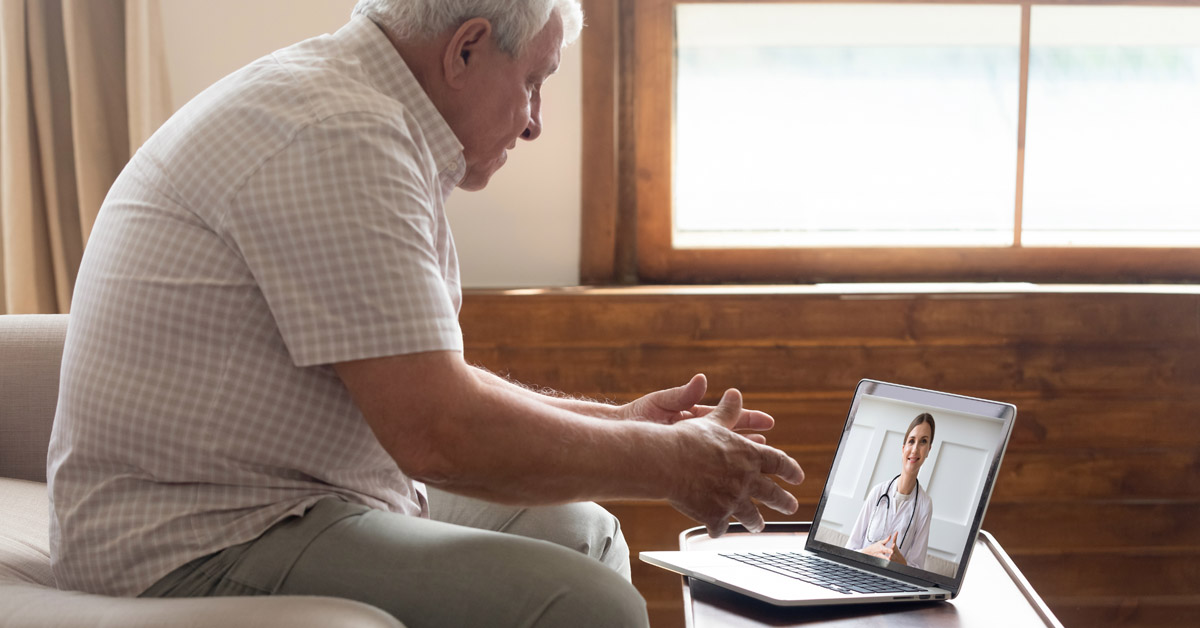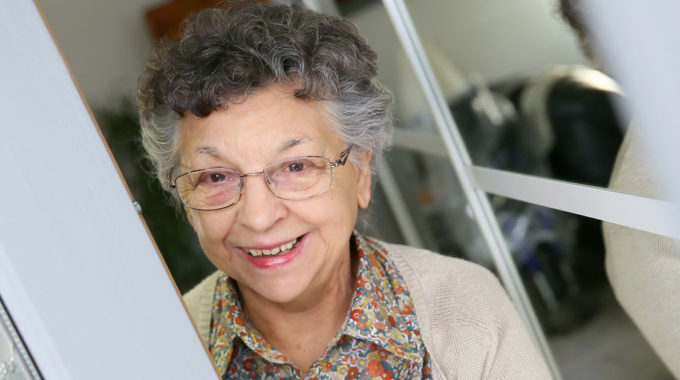
Social Isolation Causes Far-reaching Health Effects for Seniors
Social isolation and loneliness are common problems among older adults, and are linked to several health conditions, such as depression and heart disease. According to the Centers for Disease Control and Prevention (CDC), social isolation is a lack of social connection, and loneliness is the feeling of being alone, regardless of the amount of social contact.1
A report from the National Academies of Sciences, Engineering, and Medicine (NASEM) found that more than one-third of adults age 45 and older feel lonely, and almost one-fourth of those age 65 and older are considered to be socially isolated.2
What Effect Does Social Isolation Have on Health?
The NASEM study found that social isolation or loneliness in the elderly was associated with:
- 50% increased risk of developing dementia
- 29% increased risk of coronary disease
- 32% increased risk of stroke
- 68% increased risk of hospitalization
- Nearly 4 times increased risk of death
Statistics on Senior Isolation and Loneliness
Studies show that social isolation and loneliness are common problems among older adults. Here are some key statistics about senior isolation:
- Around 8 million seniors in the United States, or 24 percent of adults age 65 and older, are socially isolated.
- 44 percent of women age 75 and older live alone.
- The biggest risk factors for social isolation and loneliness in seniors are contributed to being divorced, widowed, never married, having a disability, living below poverty, limited mobility, and living alone.
Social Isolation and Loneliness are Linked to Illness
Loneliness in seniors has been linked to a number of chronic health conditions. According to The Centers for Disease Control and Prevention (CDC), social isolation & loneliness was associated with a 29 percent increased risk of heart disease and a risk of stroke increased by 32%.
Research has shown that prolonged loneliness is associated with increased risk of premature death, similar to smoking, alcohol consumption, and obesity.
How Lonely Are You?
To assess a loved one’s potential risk of loneliness, consider taking the UCLA Loneliness Scale test. The test is free and only contains 20 questions. According to a study in Sage Journal’s Research on Aging, the following three questions might also be used to gauge a person’s feelings of loneliness quickly.
- How often do you feel that you lack companionship?
- How often do you feel left out?
- How often do you feel isolated from others?
Each question should be answered with “hardly ever,” “some of the time,” or “often.”4
Tips for Staying Connected
Social isolation and loneliness affect many older adults for several reasons, such as a medical condition or the loss of a family member or friend. Chronic loneliness can increase risk of developing mental and / or physical conditions over time, including heart disease and depression. The good news is there are ways to reduce loneliness in older adults.
The National Institute on Aging says there are things you can do to help a loved one reduce the effects of social isolation and loneliness. First, it’s important to take care of yourself by exercising, eating healthy, getting enough sleep, and pursuing activities you enjoy.3 Here are some ideas to help stay connected:
- Schedule time each day to stay in touch with family and friends by email, social media, phone, or text.
- Visit a local library or community center.
- Consider adopting a pet.
- Stay physically active, join a walking club or work out with a friend.
- Check out community resources and programs.
- Volunteer and get involved in the community.
How Home Care Services Help
Home care is one of the best assets to help alleviate social isolation and loneliness. With the risks of isolation and loneliness affecting so many aging seniors, it becomes more important to help the elderly and their families. Providing physical and emotional support is an essential component of home care. A home care professional can assist with:
- Meal preparation
- Light housekeeping such as, laundry, washing dishes, changing linens, and more
- Assist with activities such as taking walks, playing games, reading, etc.
- Running errands
- Transportation to appointments
- Assist with social media and emails to stay in touch with family and friends
References
- The Centers for Disease Control and Prevention. Loneliness and Social Isolation Linked to Serious Health Conditions. Retrieved 2022/11/22. https://www.cdc.gov/aging/publications/features/lonely-older-adults.html
- National Academies of Sciences, Engineering, and Medicine. Social isolation and loneliness in older adults: Opportunities for the health care system. National Academies Press; 2020 Jun 14.
- National Institute on Aging. Loneliness and Social Isolation – Tips for staying connected. Retrieved 2022/11/28. https://www.nia.nih.gov/health/loneliness-and-social-isolation-tips-staying-connected
- Hughes ME, Waite LJ, Hawkley LC, Cacioppo JT. A short scale for measuring loneliness in large surveys: Results from two population-based studies. Research on aging. 2004 Nov;26(6):655-72.






